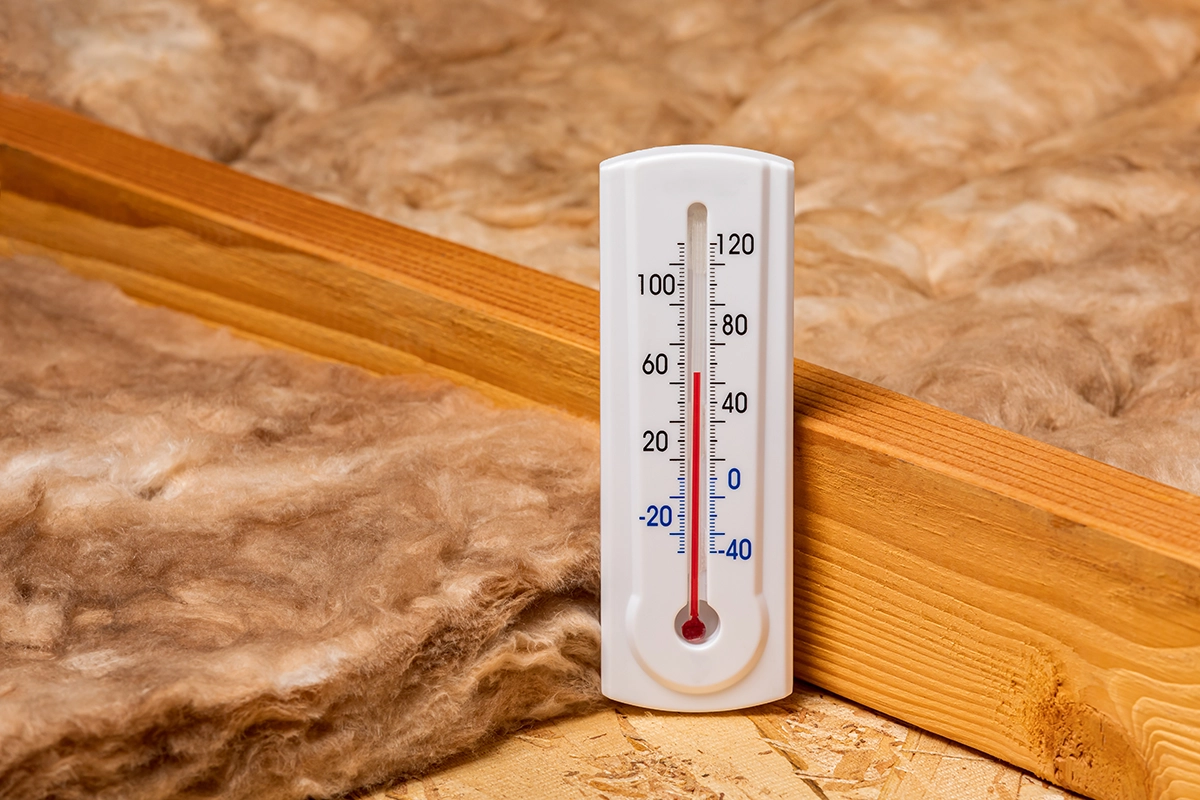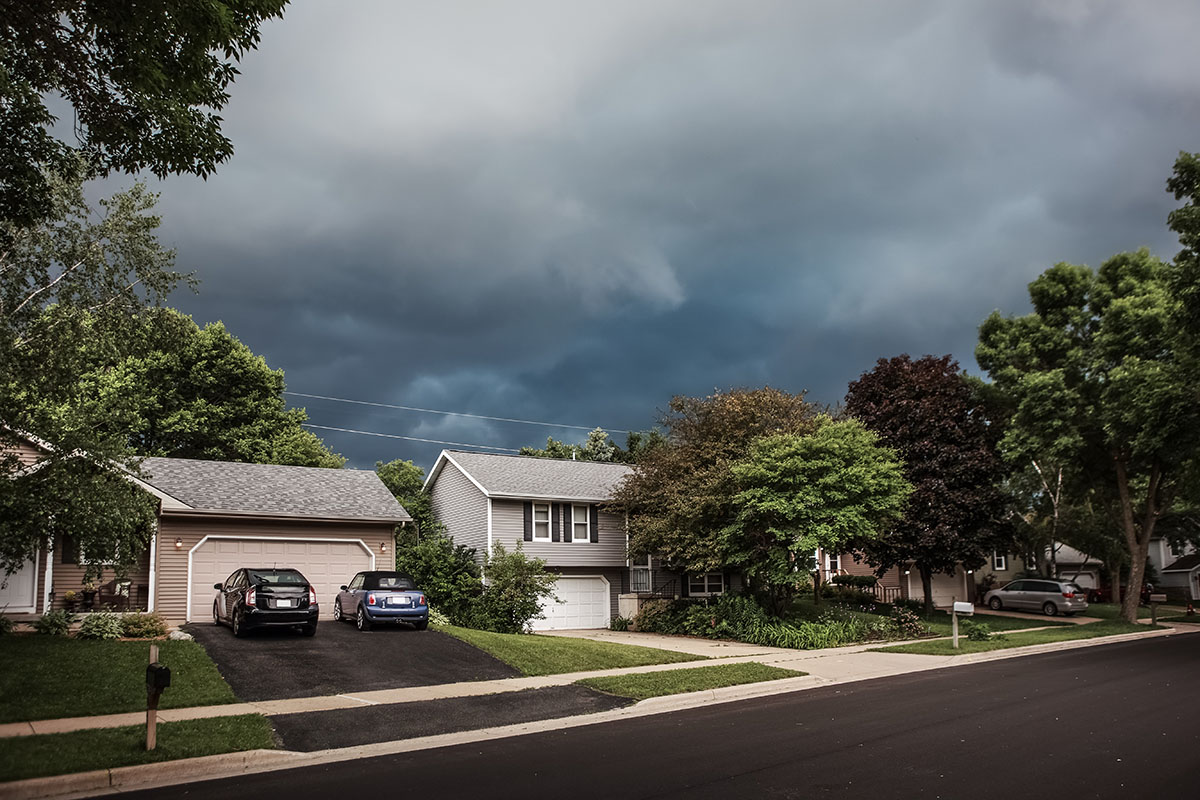Summary
Without proper insulation, your home will suffer over 50 percent heat loss. If you are living in Chicago or elsewhere in Illinois, this could easily reflect on your monthly electric and gas bills and it’s one of those issues you wouldn’t want to hang around forever. Luckily, it’s not that hard to fix. Just call in experts from Muller Exteriors to conduct a thorough inspection of your home or building to find out whether your roof, windows, wall, and other vulnerable parts are still intact and performing their functions well. They are even generous enough to teach you how to improve your home insulation after they’ve done their part. Don’t bother trying to improve your home’s insulation by yourself because odds are you will either fail or make things worse.

While it is always your best bet to leave such a complex home project to the experts, it helps to let yourself in on the basics of home insulation. That way you will know what to anticipate once the work commences and how much you will be obliged to fork out. Basically, improving insulation in your home means blocking as many seepage spots in your home as possible. Here’s what you can expect your hired professionals will do.
Roof and Attic
One sad truth about all kinds of homes and building is that heat and cool can escape through anything, so buildings that are 100 percent insulated are very rare. But there’s also the truth that some components of a building are easier for heat and cool to penetrate than others. The roof and the attic are among the most penetrable of these components. The heat that rises every time you turn on the heater almost immediately seeps through your attic and warms the roof’s underlayment.
Unlike other structural components, however, uninsulated or under-insulated roofs and attics create more problems than just amplifying your energy use. During winter when your roof is covered in snow and ice, warm air coming from the uninsulated attic can quickly rise to warm up the roof’s decking. The layer of ice underneath the snow on your roof melts as a result, but since it’s trapped by the snow along with its passage to the gutter, the snowmelt backs up into the roof through the roof material’s underside straight into your home. Proper insulation can prevent the formation of this ice dam.
There are a number of ways to insulate your roof and attic. One way is to increase the distance between the attic and the roof. This not only reduces the chance of transferring heat from the attic to the roof but it also allows you to lay sufficient insulation in the attic. You should also consider replacing your current roofing material with one that has natural insulation properties, such as tile and slate. Wood shakes are also a good insulator but they are not as durable as other roofing materials.
Window
Some of your home’s much needed temperature escapes through the windows. Although keeping the windows shut can help preserve heat or cool in your home, it can only do so much. If your windows are poorly installed, too old, or made from low-quality materials, then don’t expect them to provide ample insulation. Let a professional inspect your windows for any signs of inefficiency and ask for their recommendation on how to improve them.
To determine if your windows are leaking heat or cool, feel every side and corner for draft. If you find any, it’s likely that the caulk along all openings must have been bone-dry for some time so that sections of it have already broken off from the frame and sill. You may also do this at nighttime but instead of feeling for draft, run a flashlight along the sides of the window frame and take note of areas where light passes through. Heat and cool may also escape through the glass panes and frame themselves, especially if they are made from substandard materials.
Check the thickness of the glass panes. Old windows usually have single, thin glass panes, which don’t do a great job in keeping cold or heat out. Your hired renovators will then recommend replacement of your windows with today’s energy-efficient varieties. Of course, you may consider window repair if you think the windows can still be salvaged. But before you get worked up about how thick the glass panes of your windows should be, try to think of what types of window are naturally efficient. That eliminates sash windows from your choices because they are notorious for leaking heat and cool in and out of buildings and homes. Choose a window type that can be shut tight, leaving no openings for air to seep through.
Energy-efficient windows have double or triple panes. The gaps between the panes are usually filled with argon gas, which is well-known for its low heat conductivity. This structure can prevent a significant amount of the sun’s heat and radiation from making it inside while maintaining the natural lighting your house needs in order to save energy. The frames and sills of these modern windows are also made more energy saving and durable.
Wall
Cool or heat loss may also occur on the walls of your home, especially if they are not thick enough or if they are made from substandard materials. Thankfully, this can easily be remedied by adding exterior siding to give it more thickness and resistance to the elements. With siding as your walls’ first line of defense against extreme temperature that can affect your home’s efficiency, stashing away and prolonging the life of your actual exterior walls, but that’s just apart from functioning as an effective insulation for your home.
There are many types of siding you can choose, each as effective for insulation as the next. If you want to save money but still receive sufficient protection for your home, consider vinyl siding. If you are for both savings and increased aesthetic appeal for your façade, you should go with a more natural option, such as cedar. Not only is it elegant-looking but it’s an excellent insulator as well. Other types of siding you should check out include aluminum and engineered wood, both of which can efficiently insulate your building.
Of course, these are the major upgrades your home needs to have better insulation, and they are best carried out by professionals like Muller Exteriors. Some minor improvements that can help improve your home’s insulation, are quite easy enough for you to do without professional aid. For instance, installing blinds, filling all floor gaps with sealant, or wrapping your hot water tank in a cozy 80-mm jacket can contribute to the reduction of your energy loss. If you have a cold wall, or a concrete wall at that, it’s probably absorbing some of the heat in your house, so you also might want to consider installing drywall to insulate your wall on the inside.







